If you're never done Android development and have little or no experience with digital signal processing and the Fourier transform, you're tackling a difficult challenge.
On the other hand, if you can use an existing library for your assignment, as anthropomo suggested, you may have a good chance to pull it off.
However, if your professor won't let you use an existing library, you'll need to solve the following difficult problems:
How does your program automatically find the fundamental frequency of the note being played? Take a look at this frequency/frequency_decibelMagnitude plot of a real classical acoustic guitar playing an E2 note. Observe that the fundamental frequency (82.4 Hz) is attenuated about 17 decibels (17 dB) below the first harmonic (the first harmonic is at 164.8 Hz).

Below is a closeup of the same plot, where you can see the fundamental peak more clearly:

The fundamental frequency being attenuated 17 dB below the first harmonic is a large attenuation. Below is the same E2 note spectrum, but now it's plotted on a linear frequency-magnitude axis (the vertical axis is now linear frequency magnitude instead of decibel frequency magnitude). Now you can see more clearly how far below the first harmonic the fundamental frequency peak really is.

Your program will have to automatically detect the 17 dB attenuated fundamental at 82.4 Hz, but how do you do that in the general case where your program won't know ahead of time which note the user is playing on his guitar?
The above frequency spectrum is for E2 on a classical acoustic guitar. How does the spectrum differ for E2 on a steel string guitar? What about E2 on an amplified electric guitar? How will your program deal with the differences between those different spectra?
The problem is not trivial. The question is how much time do you have for this assignment, and what will your professor consider to be a completed assignment.
This reference gives deeper understanding: Musical instrument spectra to 102.4 KHz
You can plot frequency spectra and hear guitar notes E2 to Bb5, here: Musical instrument spectrum


